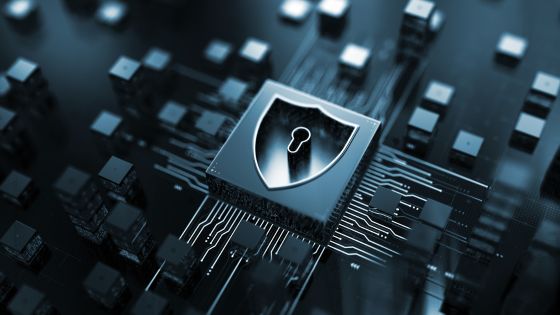In today’s interconnected world, cybersecurity is more critical than ever. Cyberattacks are becoming increasingly sophisticated, posing significant threats to individuals, businesses, and governments. To effectively protect against these threats, organizations must embrace unified security measures. By integrating various security solutions and adopting a holistic approach, businesses can strengthen their cybersecurity posture. In this blog post, we will explore the importance of elevated cybersecurity and discuss the benefits of embracing unified security measures.
1. Understanding Unified Security
Unified security refers to the integration of multiple security systems and tools into a cohesive framework. It involves combining physical security measures, such as access control and surveillance systems, with digital security solutions like firewalls, antivirus software, and threat intelligence platforms. This approach ensures comprehensive protection across all aspects of an organization’s infrastructure, reducing vulnerabilities and improving incident response capabilities.
2. Holistic Threat Detection
By adopting unified security measures, businesses gain a holistic view of their security landscape. Integrated security systems provide real-time monitoring and analysis of both physical and digital environments, allowing for early detection of potential threats. For example, an integrated security system can alert administrators if there is unusual activity detected on a network while also providing video surveillance footage of the area in question. This holistic approach enhances threat detection and minimizes response times.
3. Streamlined Incident Response
In the event of a security incident, having unified security measures in place streamlines the incident response process. With integrated security systems, information from various sources is consolidated into a single dashboard, enabling a coordinated and efficient response. This centralized view enhances collaboration among security teams, allowing for faster decision-making and remediation efforts. A unified incident response workflow minimizes the impact of cyberattacks and reduces downtime, ensuring business continuity.
4. Comprehensive Access Control
Unified security measures enable organizations to implement comprehensive access control systems. By integrating physical access controls, such as key cards or biometric scanners, with digital access controls like multi-factor authentication and identity management solutions, businesses can enforce stringent access policies. This reduces the risk of unauthorized access and protects sensitive data from both external threats and insider breaches.
5. Continuous Monitoring and Threat Intelligence
Unified security measures facilitate continuous monitoring of networks, systems, and physical spaces. By leveraging advanced monitoring tools and threat intelligence platforms, organizations can identify potential vulnerabilities and proactively address them. Real-time threat intelligence feeds provide up-to-date information on emerging threats, enabling businesses to stay ahead of cybercriminals and take preemptive measures to mitigate risks.
6. Employee Awareness and Training
Elevated cybersecurity requires more than just technology; it also relies on educated and vigilant employees. Unified security measures include comprehensive employee awareness and training programs to foster a security-conscious culture. Regular training sessions on best practices, phishing awareness, and secure use of technology help employees understand their role in maintaining cybersecurity. By empowering employees with knowledge, organizations can create a strong human firewall against cyber threats.
7. Regulatory Compliance
For many industries, compliance with data protection regulations is a legal requirement. Unified security measures often align with these regulatory requirements, providing organizations with the framework to achieve compliance. By adopting a unified approach to cybersecurity, businesses can ensure the protection of customer data, maintain regulatory compliance, and mitigate the risk of financial penalties or reputational damage.
8. Incorporation of Smart Lock Systems
The integration of Smart Lock systems into unified security measures is becoming increasingly prevalent. These devices offer a sophisticated layer of protection, supplementing traditional physical access controls. They use advanced encryption technologies and can be controlled remotely, offering enhanced convenience without compromising security. Furthermore, Smart Lock systems can generate usage logs, providing valuable insights into access patterns and helping to identify any unusual activity. This proactive approach to physical security fits seamlessly within the overall unified security framework, reinforcing the protection of both physical and digital assets.
9. Enhanced Vendor Management
Unified security measures also extend to vendor management, ensuring that third-party providers adhere to the organization’s security standards. Vendor risk management involves assessing the security protocols of vendors, conducting audits, and enforcing compliance with security policies. It encompasses not just the vendors themselves, but also their products or services. With a unified security approach, organizations can manage vendor-related risks more effectively, mitigating potential weak links in the security chain. This is particularly critical in industries that heavily rely on outsourcing and third-party services, where vendor-related breaches can have devastating consequences.
Elevated cybersecurity is essential for protecting digital assets and safeguarding organizations against ever-evolving cyber threats. By embracing unified security measures, businesses can integrate physical and digital security systems, detect threats holistically, streamline incident response, enforce comprehensive access controls, foster employee awareness, and ensure regulatory compliance. Remember, a proactive and unified approach to cybersecurity is crucial in maintaining a strong defense against cybercrime and safeguarding the integrity of your organization.




















